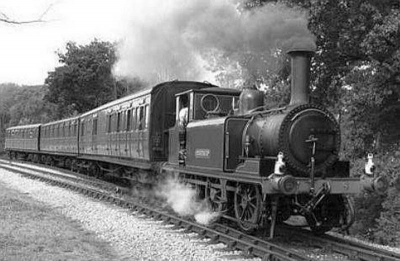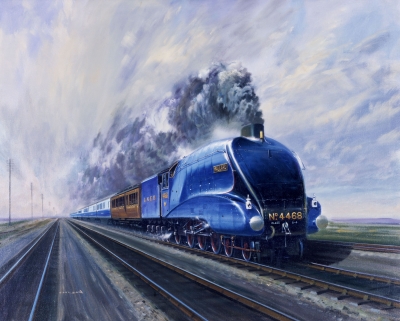
On July 3, 1938, Mallard billowed out smoke as it reached speeds of 126 mph – a little over 200 kmph. With that, Mallard became the world's fastest steam locomotive, a record that it holds till this day.
The 1930s were a golden period for the railways as it saw great developments and some iconic locomotives being built. The fact that the less labour-intensive and more efficient diesel-electrics were entering the world of railways during this time meant that the end was near for steam-powered engines. And yet it was in this climate that Mallard, the world's fastest steam locomotive, was created.
Speed was not only seen as the ultimate sign of modernity during this era, but also a symbol of patriotism. In Great Britain, a region that had thrived during the Industrial Revolution made possible by steam power, two companies - the London, Midland & Scottish (LMS) and the London & North Eastern Railway (LNER) - were in a race to provide the fastest service to Scotland.
Gresley's magic
Add to this a German challenger, and there was enough reason to get to the zenith of steam traction. Britain came out on top, thanks to LNER'S Mallard, a marvel designed by Sir Nigel Gresley.
Gresley had an illustrious engineering career with plenty of achievements, including designing the Flying Scotsman, the first locomotive to break the 100-mph barrier in the U.K. The A4 class of engines that he designed marked the highest point in a glorious career spent harnessing the power of steam.
Late in 1936, LNER ordered a batch of A4 engines. Named after a bird, Mallard was designed with three cylinders that afforded smooth running at high speeds. Mallard also had the latest modifications, which included streamlined air passages, new Westinghouse brake valves, and an increase in boiler pressure. Mallard was also the first to boast of engineering enhancements in the form of a double chimney and Kylchap blast pipe arrangement, helping the locomotive breathe better by distributing the exhaust smoke more freely.
Bugatti effect
There were some cosmetic changes as well. Gresley was a close friend of Ettore Bugatti, an Italian-born French automobile designer best known for the luxury and racing cars that still bear his name. Based on a French racing blue used on one of Bugatti's race cars, the Mallard was painted in Garter Blue. Bearing the number 4468, Mallard left the Doncaster works railway workshop in March 1938.
For the first few months, Mallard seemed like just another member of LNER'S express locomotive. By this time, the speed record had been raised to 124.5 mph by a German locomotive in 1936, while the English record of 114 mph was set in 1937 by an LMS locomotive.
July 3, 1938 was the day Gresley marked out for Mallard to break the English record held by LMS. A reduced length train with six of the eight cars of a set along with a dynamometer car to record vital parameters, including speed, was assembled. Apart from the experienced driver Joe Duddington and fireman Thomas Bray who were handpicked by Gresley, none of the rest of the crew and technical team was let in on the actual purpose of the run.
After an unremarkable northbound journey, the engineers on the train began to question the purpose of the trip and were let in on the secret. The record attempt was planned for when Mallard would be descending Stoke Bank on the main line between Grantham and Peterborough.
Mallard takes flight
Mallard easily saw off LMS' record as it raced down Stoke Bank at 120 mph for five miles as recorded by the dynamometer car. With the train needing to slow down for the curve at Essendine, there was still one small window when the crew could accelerate further.
They did just that as the Mallard was able to maintain a steady 125 mph and even briefly touched 126 mph - just for a distance of 144 yards according to the recorded data. This meant that the top speed of 124.5 mph. achieved by the German locomotive in May 1936 had also been annihilated.
The heavy braking for the curves at Essendine, however, took a toll on Mallard as the big-end at the front of the three cylinder engine failed. While the crew posed for photographs when the train stopped at Peterborough, the locomotive was removed from the train for repair.
After its historic run, the Mallard returned to its active express duties, covering over 1.4 million miles before it was eventually retired in 1963. Selected for preservation owing to its speed record, Mallard first went on display at the Museum of British Transport in Clapham.
In 1975, Mallard was moved in time for the first day of opening of the National Railway Museum in York. Here, it holds a place of prominence and attracts hundreds of thousands of visitors to the museum each year. For, the Mallard, in a way, represents the pinnacle of steam-powered locomotives, just decades before they were phased out.
Picture Credit : Google
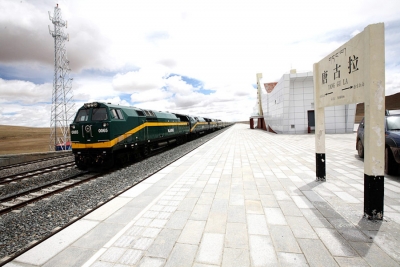
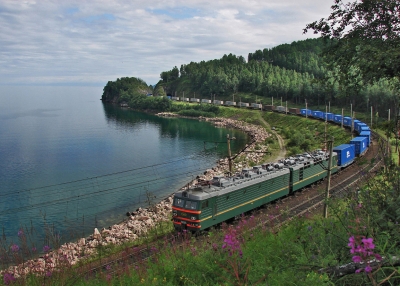
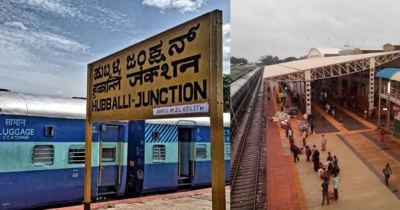 Shree Siddharoodha Swamiji Hubballi Junction, also known as SSS Hubballi Junction, of Karnataka is the longest railway platform. The platform number 1 of Hubballi Junction has a length of 1,505 metres, thus becoming the longest railway platform of the world as of March 2021. The earlier record of being the longest platform was held by the Gorakhpur Railway Station (1366 metres), but with the extension of the Hubballi railway station to include a new platform, it holds that position now.
Shree Siddharoodha Swamiji Hubballi Junction, also known as SSS Hubballi Junction, of Karnataka is the longest railway platform. The platform number 1 of Hubballi Junction has a length of 1,505 metres, thus becoming the longest railway platform of the world as of March 2021. The earlier record of being the longest platform was held by the Gorakhpur Railway Station (1366 metres), but with the extension of the Hubballi railway station to include a new platform, it holds that position now.
